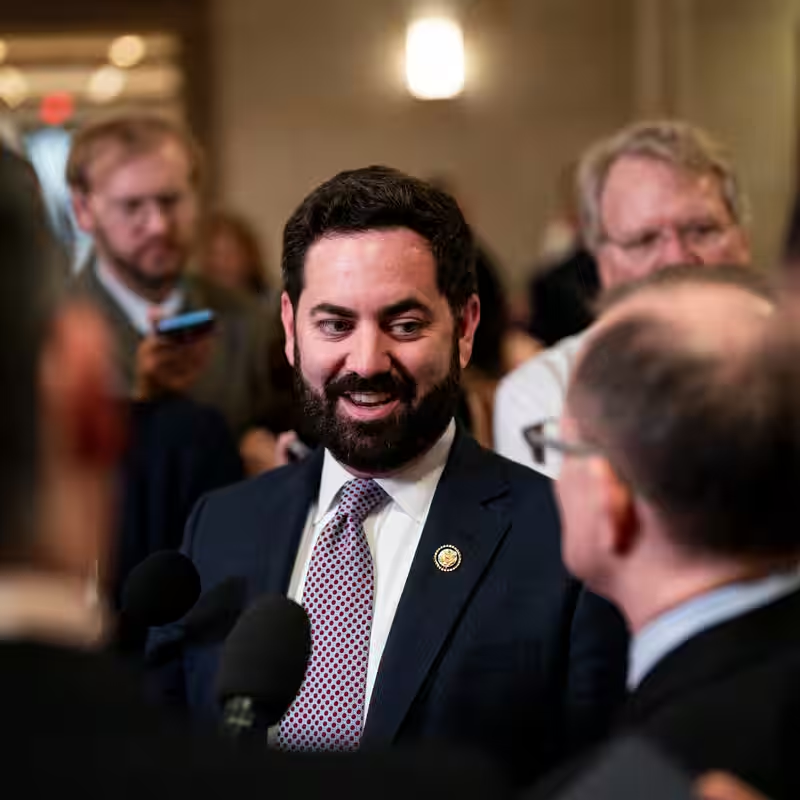In a political twist that’s raising eyebrows across Washington, President Trump’s latest government shutdown strategy—aimed squarely at punishing Democratic-led states—has inadvertently slashed funding in key Republican-held districts, including some of the party’s most vulnerable House seats.
Table of Contents
- The Shutdown Strategy: Targeting Democrats
- Why GOP Districts Got Caught in the Crossfire
- Key Republican Districts Facing Cuts
- Political Fallout and 2026 Implications
- How This Compares to Past Shutdowns
- Sources
The Shutdown Strategy: Targeting Democrats
Last week, White House budget director Russell T. Vought announced the cancellation of $8 billion in federal energy and infrastructure projects—a move explicitly framed as retaliation against Democratic governors and lawmakers.
“A lot of good can come down from shutdowns,” Trump told reporters. “We can get rid of a lot of things that we didn’t want, and they’d be Democrat things.”
The administration’s goal was clear: use the leverage of a partial government shutdown to eliminate programs it views as wasteful or ideologically misaligned—particularly those benefiting blue states.
Why GOP Districts Got Caught in the Crossfire
But federal funding doesn’t always follow party lines. Many of the canceled projects were located in swing districts represented by Republicans—some of whom campaigned on promises to bring federal dollars home.
Energy grants, clean water initiatives, and rural broadband expansions funded through bipartisan infrastructure laws were among the casualties. Because these programs were administered nationally—not by state party affiliation—Republican districts that qualified for aid based on need or eligibility criteria were also affected.
“You can’t surgically remove funding from only Democratic zip codes,” said Dr. Lena Cho, a public policy expert at Brookings. “Federal programs are designed to serve communities, not parties.”
Key Republican Districts Facing Cuts
Among the hardest-hit GOP districts:
| District | Representative | Program Canceled | Estimated Loss |
|---|---|---|---|
| NY-17 | Mike Lawler (R) | Grid modernization & clean energy hub | $120 million |
| AZ-06 | Juan Ciscomani (R) | Rural broadband expansion | $85 million |
| CA-41 | Ken Calvert (R) | Water infrastructure upgrade | $95 million |
These districts are considered battlegrounds for the 2026 midterms. Losing high-profile federal investments could weaken incumbents’ re-election narratives built on economic delivery.
Political Fallout and 2026 Implications
Republican lawmakers in affected districts have begun voicing quiet frustration. While few have publicly criticized the president, internal GOP communications reveal growing concern.
“We supported the president’s agenda, but our constituents don’t care about partisan score-settling—they care about power reliability and clean water,” said one House aide, speaking anonymously.
Democrats, meanwhile, are seizing the moment. “Trump’s scorched-earth shutdown isn’t just hurting blue states—it’s burning down red districts too,” said Rep. Hakeem Jeffries (D-NY), House Minority Leader.
How This Compares to Past Shutdowns
Historically, shutdowns have been blunt instruments—but rarely this targeted. The 2018–2019 shutdown under Trump focused on border wall funding and impacted federal workers broadly. The 2013 shutdown under Obama centered on Affordable Care Act defunding.
What’s new in 2025 is the attempt to weaponize program cancellations as political punishment—a tactic that risks alienating the very voters the GOP needs to hold the House.




